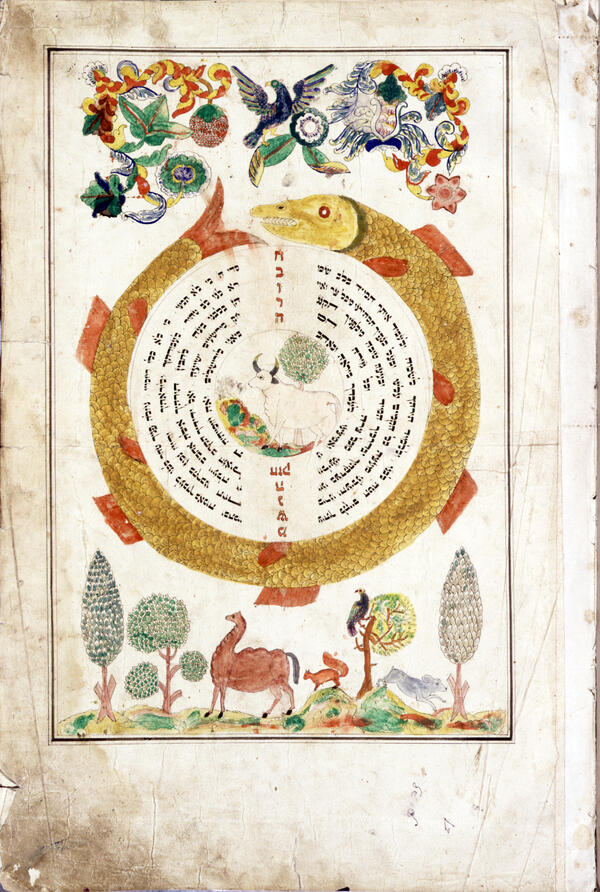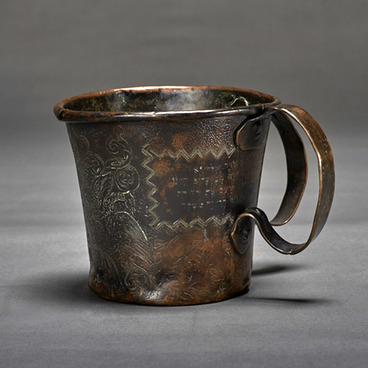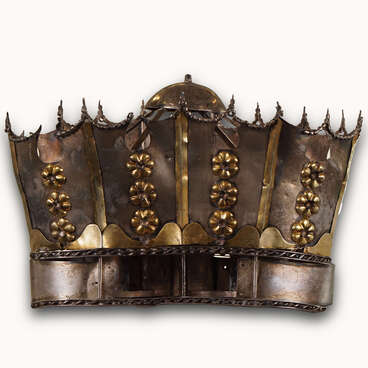The settlement of Jews in Central and Eastern Europe was bound to lead to their traditions and culture being blended with those of the local population. In order to preserve national identity, Jews formed diaspora communities. The community protected and enforced the religious norms and requirements of Judaism. The kahal, the governing body of the community, represented its interests before the superior bodies of Jewish autonomy and the local government authorities until 1844. The community was responsible for dealing with social protection, charity and education.
Pinkas are the main documents of the community, handwritten record books. Literally they are translated as “boards”. They contained minutes of kahal meetings, records of incidents and feasts, new laws, special family events, and all major dates in the history of the community. Pinkas were a documentary account of Jewish communal life, chronicles for future generations.
Record books were kept by all Jewish welfare and religious organizations: funerary brotherhoods, Mishnah and Talmud study societies, nursing fraternities, as well as groups of tradesmen and factory workers: coachmen, bricklayers, bookbinders, and others. Pinkas were large-format books, with leather binding and gold embossing. They consisted of three obligatory sections: the title pages, the preface hakdam, and the charter of the takkanot. It also contained certificates, subpoenas, minutes, lists of dues, and other documents.
The texts on the title pages, the preface, and the charter were written in square Hebrew script. They were written in a solemn style and were abundant in quotations from scripture books. Day-to-day entries were made in the pinkas in Yiddish. The lively colloquial language was mixed with borrowings from Ukrainian, Polish, and Russian, the languages spoken by the people among whom the Jews lived.
The title pages were decorated with lush floral ornaments, drawings, images of the Jerusalem Temple and symbols of Judaism. The ornaments in the pinkas are similar to those of Ukrainian folklore fine art. Most Jewish communities in Ukraine were Hasidic and lived side by side with people who had a distinctive culture — the Ukrainians of Podolia and Volhynia. Cultural interactions over several centuries resulted in unique Jewish folk art in this region.
Pinkas are the main documents of the community, handwritten record books. Literally they are translated as “boards”. They contained minutes of kahal meetings, records of incidents and feasts, new laws, special family events, and all major dates in the history of the community. Pinkas were a documentary account of Jewish communal life, chronicles for future generations.
Record books were kept by all Jewish welfare and religious organizations: funerary brotherhoods, Mishnah and Talmud study societies, nursing fraternities, as well as groups of tradesmen and factory workers: coachmen, bricklayers, bookbinders, and others. Pinkas were large-format books, with leather binding and gold embossing. They consisted of three obligatory sections: the title pages, the preface hakdam, and the charter of the takkanot. It also contained certificates, subpoenas, minutes, lists of dues, and other documents.
The texts on the title pages, the preface, and the charter were written in square Hebrew script. They were written in a solemn style and were abundant in quotations from scripture books. Day-to-day entries were made in the pinkas in Yiddish. The lively colloquial language was mixed with borrowings from Ukrainian, Polish, and Russian, the languages spoken by the people among whom the Jews lived.
The title pages were decorated with lush floral ornaments, drawings, images of the Jerusalem Temple and symbols of Judaism. The ornaments in the pinkas are similar to those of Ukrainian folklore fine art. Most Jewish communities in Ukraine were Hasidic and lived side by side with people who had a distinctive culture — the Ukrainians of Podolia and Volhynia. Cultural interactions over several centuries resulted in unique Jewish folk art in this region.



